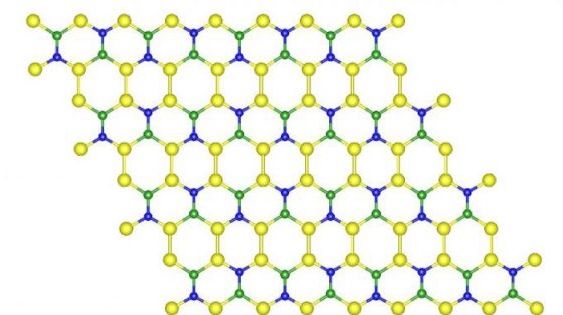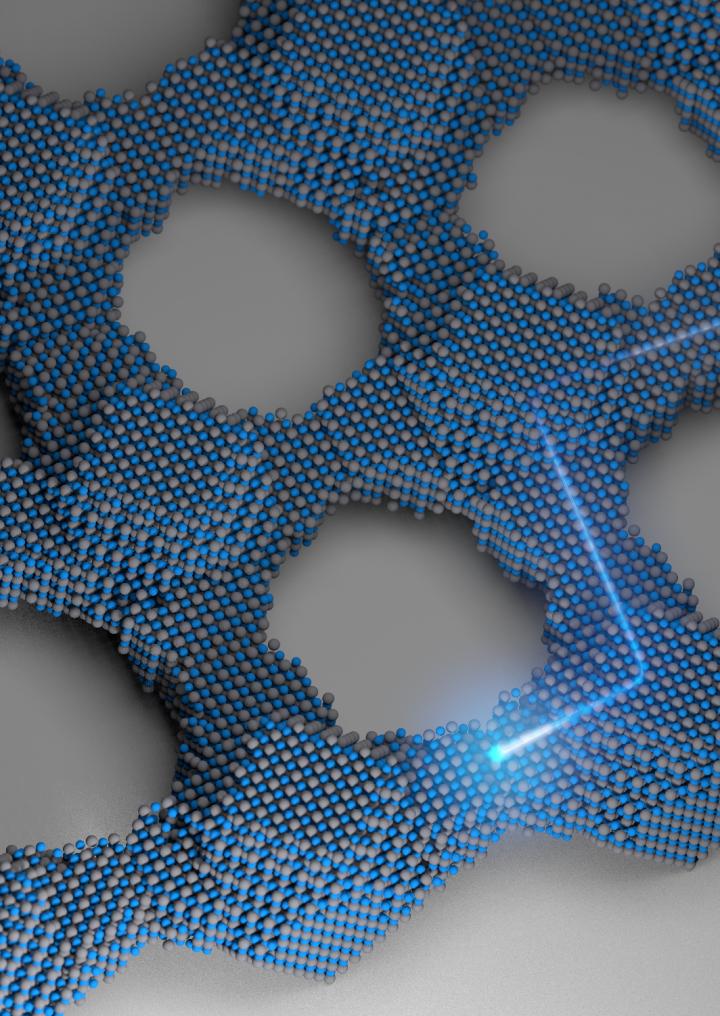
Annual list highlights the most important technology milestones.
Cambridge, MA – February 23, 2016: Today, MIT Technology Review publishes its annual 10 Breakthrough Technologies list (www.technologyreview.com/lists/technologies). The list identifies innovations from the past year that solve difficult problems or create powerful new ways of using technology. These are the breakthroughs that will matter for years to come.
Jason Pontin, Editor in Chief and Publisher, states, “Each year, our editors search the globe to create this important list. From Beijing, China, where researchers are creating fungus-resistant wheat and boosting rice crop yields, to Seattle, where a spin-off company of the University of Washington is commercializing “passive Wi-Fi,” making data connections using 1/10,000th as much power as existing Wi-Fi, the 10 Breakthrough Technologies represent the advancements we feel have the greatest potential to impact our lives for years to come.”
Continue reading “MIT Technology Review Announces 10 Breakthrough Technologies of 2016” »


















